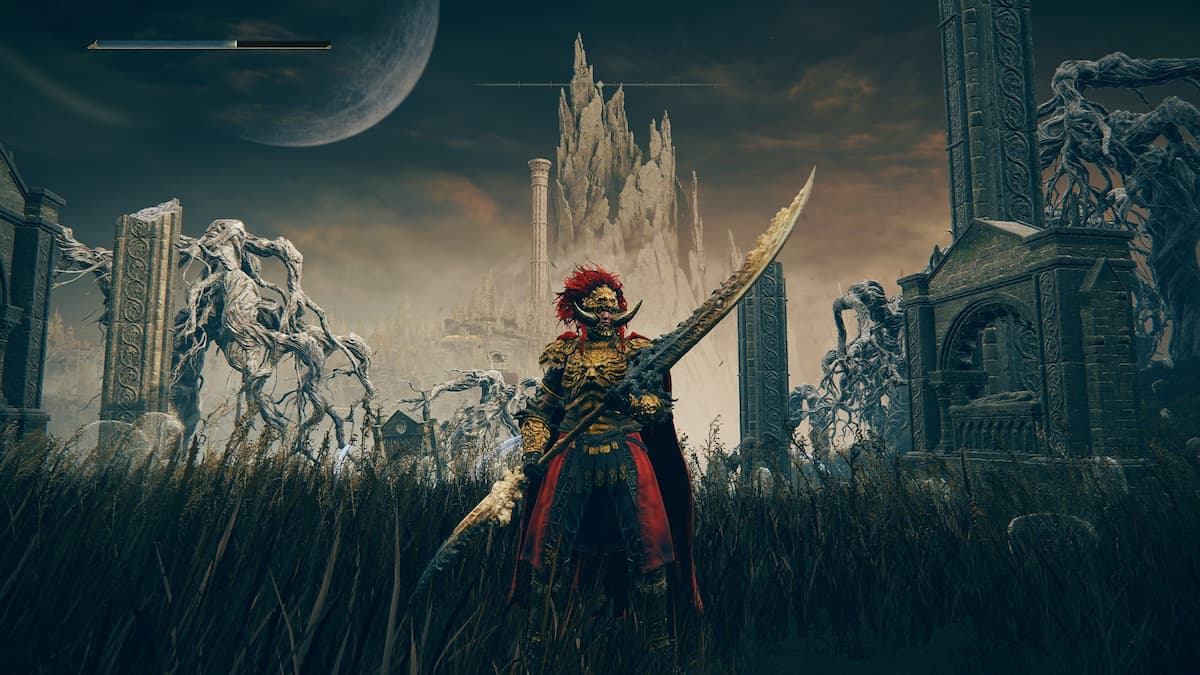In Anno 1800, you’re thrust into the thick of the Industrial Revolution, starting off by handling a modest farming population that just needs the basics—food and clothing.
Soon enough, however, you’ll find yourself juggling way too many things at once, like any other city sim—overlooking several island populations, managing intricate production chains, pioneering sea exploration, preparing for war, and the list goes on.
No beginner can expect to excel at these gargantuan tasks, so we’re here to make your time playing Anno 1800 a little easier.
9 tips and tricks for beginners in Anno 1800
Use grids to build your city

Navigating the evolution from a quaint village to a bustling metropolis often involves a continuous struggle to optimize your layout. An efficient and user-friendly solution involves grids, particularly the modular 10×10 grids. All it takes is a 12×12 road, creating a 10×10 city block in between. Within this block, you can accommodate nine houses or a mix of a special building and some houses.
While it might not be the most space-efficient setup, it does wonders for saving time. The added benefit is the flexibility it provides. You can easily shuffle buildings around without the need to overhaul your road layout—the key to mastering this city-building game.
Another noteworthy layout for efficient housing in your neighborhoods includes the 2×2 and 3×3 housing plot grids. Essentially, anything square trumps most other arrangements.
These squares offer modularity and flexibility. Players can strategically place amenities like the Market in the center of several squares, providing access to most houses. This clever tactic eliminates the necessity for multiple amenity buildings, a boon considering the hefty maintenance costs associated with structures in the game.
Blueprint mode is your best friend
To step up your housing game, Blueprint Mode is the way to go. Unless you’re cool with burning time and money on relocations and demolitions, it’s pretty much a must-have. The cool thing is, Blueprint Mode is fair game even if you don’t have the cash or resources for the building. All you need to do is commit to it later.
This feature lets you drop building plots and set up roads the way you want, which beats the headache of the other way around. Plus, it’s a quick check to see if there’s enough space for some jam-packed housing or the classic square grid vibe on your island.
Now, aside from the blueprint magic, Anno 1800 throws in another slick tool: the copy feature. With Blueprint mode, you can sketch out roads and buildings without shelling out resources or coughing up upkeep.
And here’s where it gets even cooler—throw in those modular 10×10 grids and the copy tool. Once you’ve got a 10×10 set up, just copy-paste it to create a sprawling city in seconds. Sure, crafting your cities by hand is cool, but sometimes, efficiency’s the name of the game—especially when you’re juggling tons of islands.
Keep track of happiness
To keep your citizens content, it’s all about staying in tune with their unique needs. Each tier of citizen comes with its own set of demands. Take farmers, for instance; they’re happy with the basics like fish, clothing, and a nearby marketplace, so get those essentials up and running. Once their basic cravings are satisfied, you can level them up to the next tier, which brings a whole new set of complex needs, and the cycle continues.
Diving into the micro-level of citizen satisfaction not only keeps individuals happy but also ripples into the overall happiness of your island. And trust me, that’s a game-changer. A cheerful populace might surprise you with a festival in your name, giving your city a tourist-enticing appeal or a temporary production boost.
And let’s not forget the power of meeting luxury needs—pop a church or museum into your town, and watch those joyous numbers soar. Bonus: Happy folks are the last ones to start a riot, so there’s a sweet payoff there too.
Set up emergency services swiftly

In Anno 1800, there are few feelings worse than helplessly watching a fire or riot unfold. To avoid this, act proactively by placing essential public services—fire departments, police stations, and hospitals—as soon as possible. Training emergency service staff takes time, so early placement is key.
Both riots and sickness can negatively impact island happiness, so having the necessary public utilities is crucial. Be mindful of the area of effect of these buildings as larger cities require multiple fire stations for adequate coverage. Certain structures, like the Schnapps Distillery, are more prone to explosions, and late-game advancements, such as electricity, can increase the likelihood of fires. Preparation is key, so stay vigilant.
Monitor your city’s production
Want to maintain seamless harmony in your city? The key is being incredibly meticulous with your city. Regularly check the Production or Statistics tab, particularly the Production chart available through the radial menu. This chart displays the supply and demand for all resources on the island.
Effective city management involves continuous efforts to balance supply and demand. Aim to keep both numbers identical or ensure the supply exceeds the demand to prevent resource shortages that may lead to population dissatisfaction and departures from the city.
Improve your city’s tourism
Boosting your city’s economy with tourism is a smart move in Anno 1800. Once you’ve got Artisans unlocked, toss up a visitor’s pier on your waterfront, and voila, tourists will be strolling through your city like you’ve never seen before. But here’s the catch—they only come if your city’s got a high “Attractiveness” rating. Tough when you’ve got a bunch of factories belching out smog like there’s no tomorrow.
Now, making your city attractive involves some tricks—you need to keep factories away from where folks live while also adding in lots of parks and ornaments. But the real tourist magnet? That’s a zoo and a museum.
These buildings aren’t just for show; they need stuff to lure people in—artifacts for the museum and animals for the zoo. Getting these, however, is like a whole different game. Send your ships on expeditions, and let the adventure begin.
One thing to keep in mind is that the museum can go wherever, but your zoo needs space. It’s modular, so you can keep expanding with different animal enclosures. A zoo packed with critters is a surefire tourist hit, so plan that layout ahead of time for maximum appeal.
Be quick to claim new islands

In the vast expanse of Anno 1800, no single island holds all the cards; usually, you’ll stumble upon basics like clay and grain, but diversifying is key. Locating an island capable of producing goods your initial one cannot is a game-changer. Set up those trade routes between islands, ensuring your entire population reaps the benefits. This not only reduces your reliance on potentially untrustworthy opponents but also safeguards against a cunning AI player pulling a resource supply betrayal on you.
While the game can be a laid-back experience, it thrives on an expansionist playstyle. Delaying new island settlements may lead to rivals or teammates beating you to the punch. Luckily, settling on a new island and turning a profit doesn’t break the bank, so it’s wise to snatch up prime islands sooner rather than later.
What defines a “best” island is subjective, depending on your playstyle. Generally, aiming for the largest islands and those with fertility you lack is a smart move. Islands boasting abundant minerals or oil also hold significant sway.
Use trade to boost your economy
In Anno 1800’s early game, trade isn’t a major concern. As you expand to multiple islands and higher population tiers, it becomes crucial. Two key methods are the trading post and trade routes:
- Trading Post: Acts as an economic balancer. Set items to auto-buy, sell, or balance to maintain specific quantities. Sell surplus goods and buy what you can’t produce.
- Trade Routes: Direct goods between locations. Useful for exporting surplus products, like sending beer from one island to another lacking production capability. Highly customizable with multiple stops and item exchanges.
For a hands-off approach, use charter routes—AI-controlled ships ferry goods between designated destinations for a small upkeep cost. They’re simpler than trade routes but serve well for quick setups without using your ships.
Prevent war, then prepare for it
While Anno 1800 primarily functions as a city-building sim, it also incorporates RTS elements like naval combat, diplomacy, and conquest. These aspects may seem less critical in the early game but gain significant importance in the mid-to-late game as competition intensifies for islands and resources.
To stay ahead, start preparing for conflict early on to avoid issues like being caught on the defensive. Regularly check the Diplomacy screen to gauge relationships, aiming to maintain good terms with opponents through diplomacy and occasional bribes.
Simultaneously, build gunboats and frigates once your economy allows, forming a protection flotilla for trade routes. Even in peacetime, beware of pirates prowling the seas. If war becomes inevitable, ensure you can blockade enemy ports before declaring war.
Don’t overlook harbor defenses; enhance them with new technologies as they unlock. The game isn’t just about an ideal city life—things can get intense, so be well-prepared.






Published: Jan 13, 2024 01:15 am